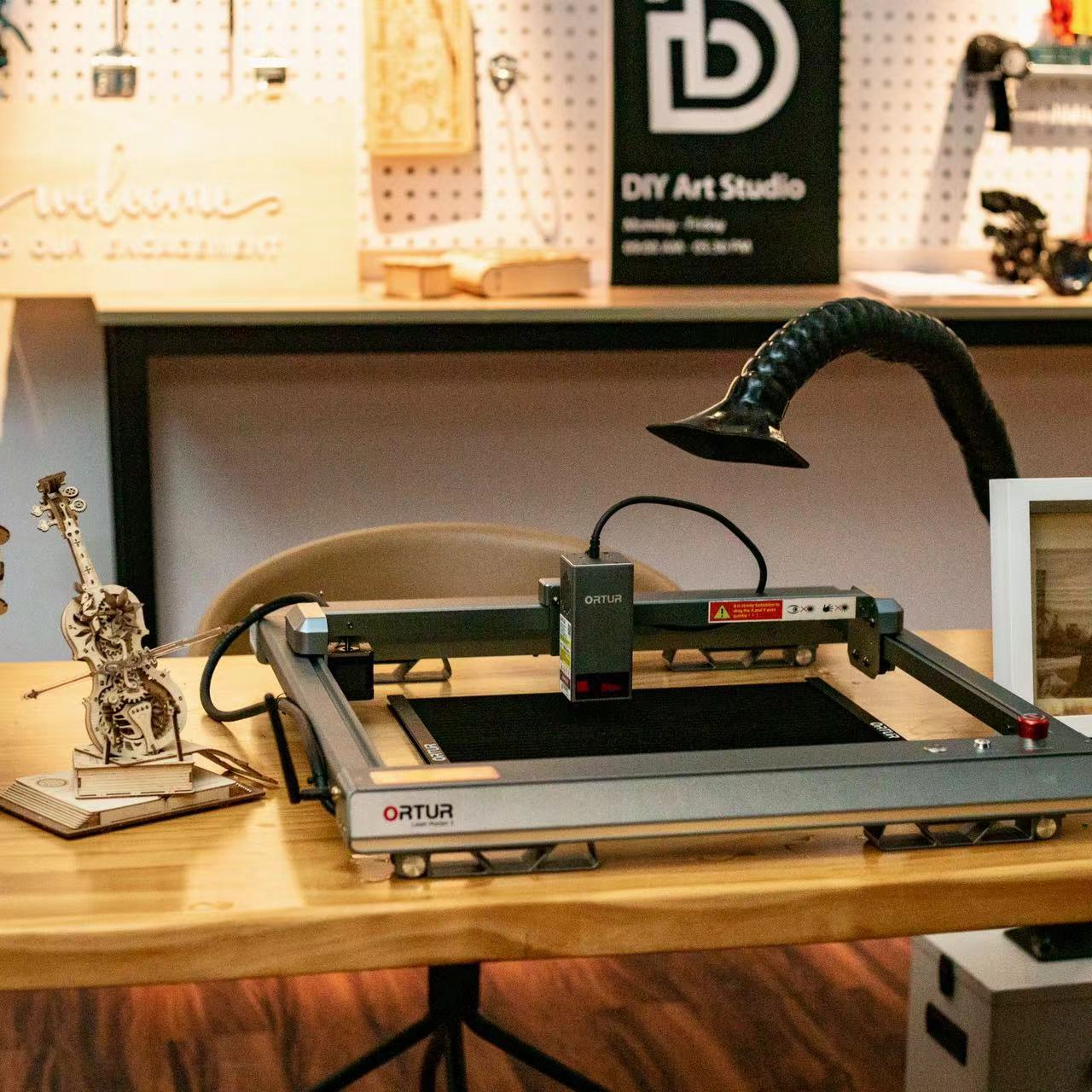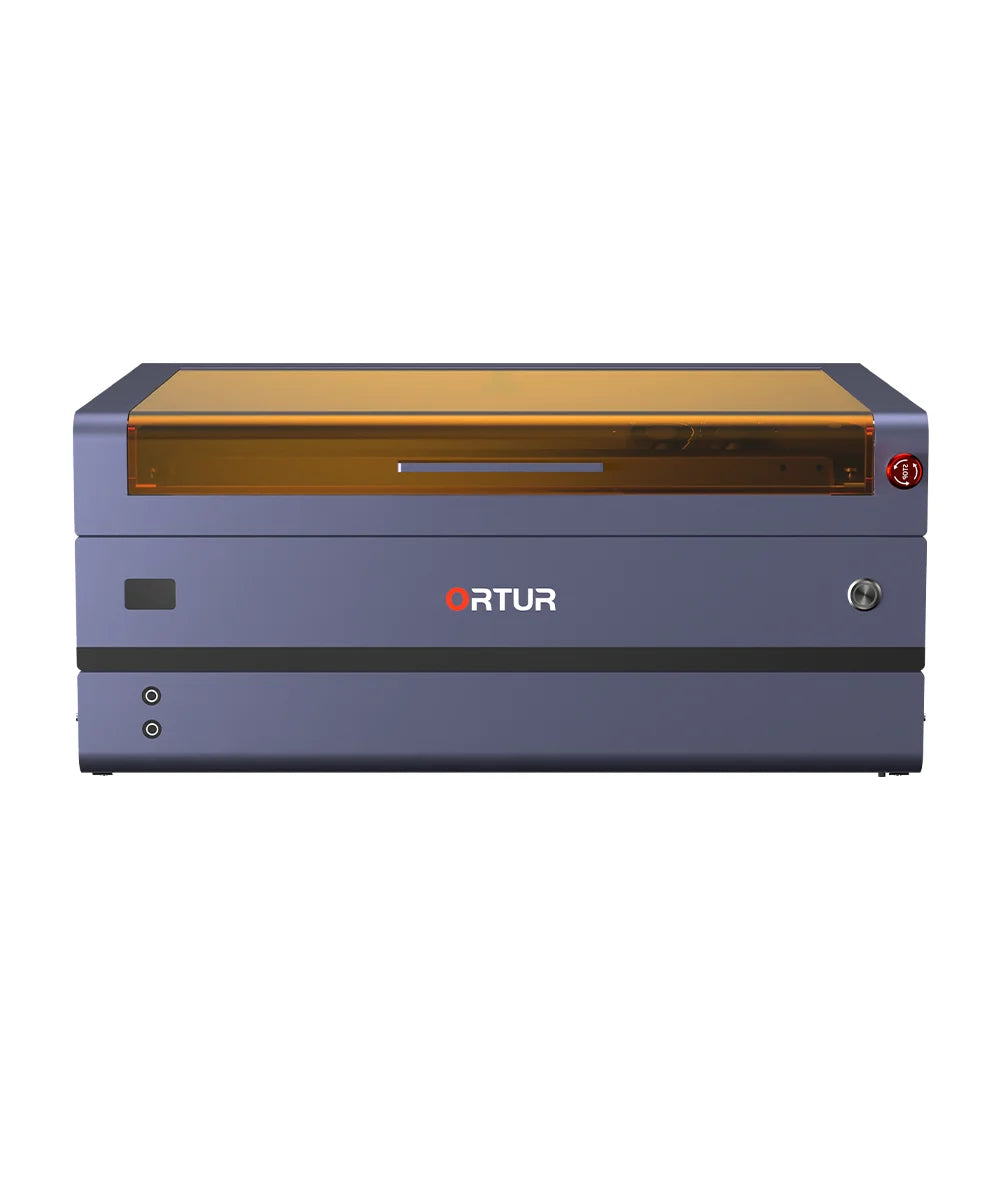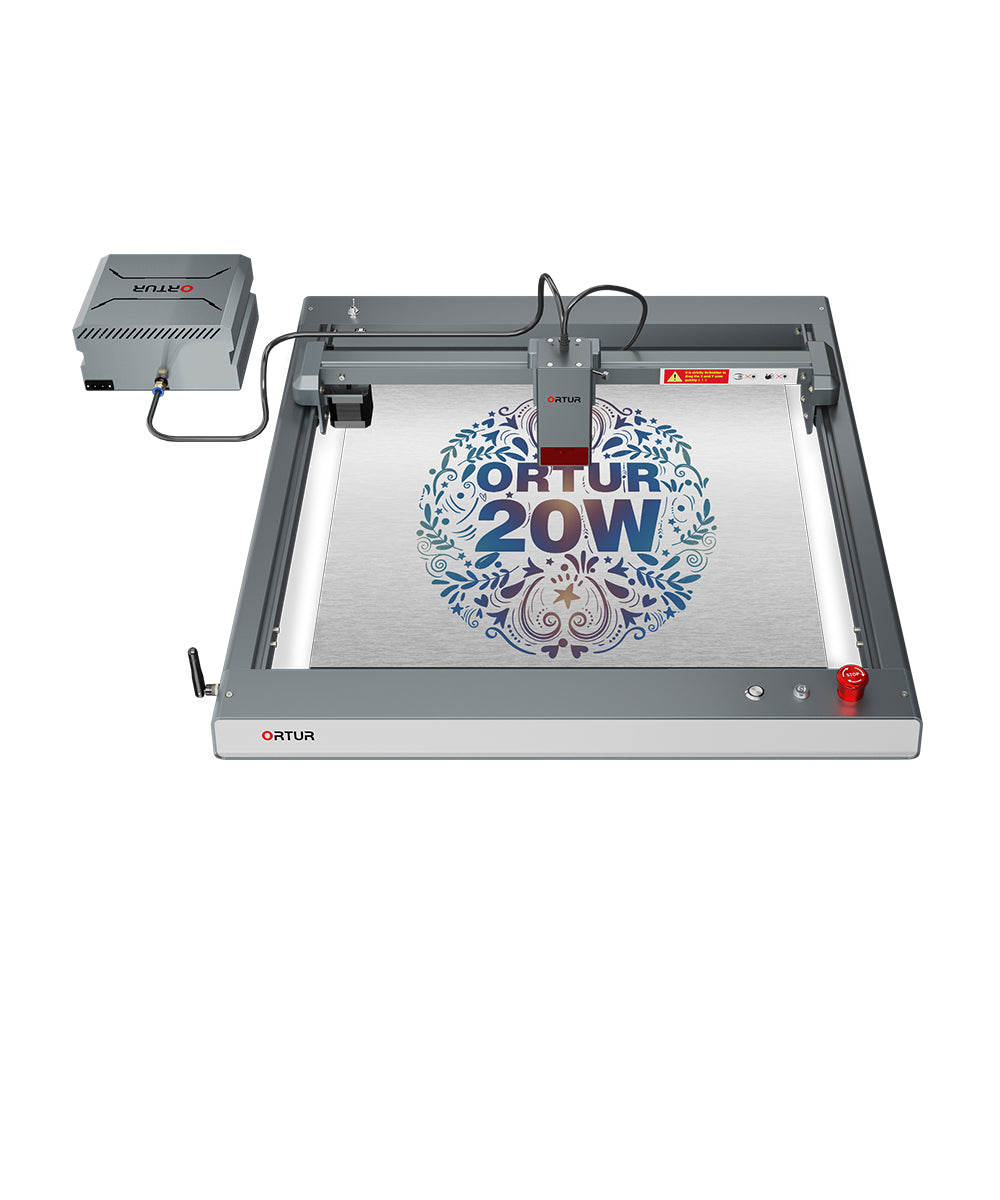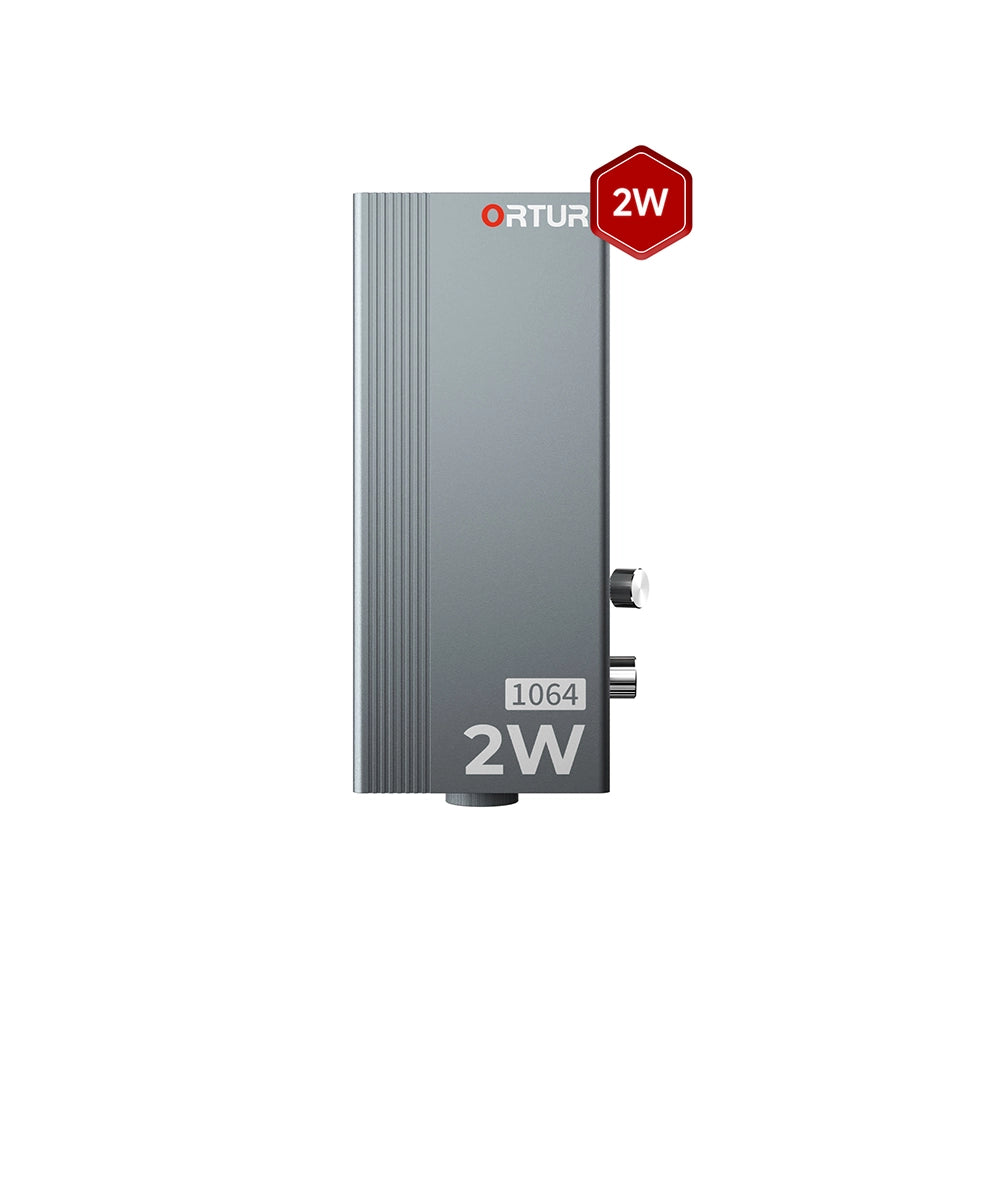What File Does the Laser Cutter Use
- File Format and Laser Cutting
- Documentation for use with laser cutting machines
- Pros and Cons of Vector Files
- Software for precise laser cutting
- Conclusion
File Format and Laser Cutting
With laser cutting, there are unlimited design possibilities, but that doesn't mean you can just pick any design that you have on your computer. Any design has to be in a file format that operates the numerical control system of any of the laser cutters, and there are many to choose from.
Documentation for use with laser cutting machines
Before getting into laser cutting, one needs to ensure that all their designs are in the right format, or the results will be undesirable. For both laser cutting and laser etching, one can use raster files, which are made with individual pixels and are used to create images for computer screens or paper printing. By literal definition, this file extension serves as a map for your laser machine to etch images onto materials, but the output quality (resolution) may degrade compared to most of the raster file formats. Common file extensions for raster files are bitmap or bmp.
Next are CAD or 3D design files, which are used for shapes and models during laser engraving. Both are digital files created through mathematical algorithms, but the only difference lies in their application. In the current industry setting, most of the files compatible with the laser cutting technology are in vector mode.
1.Vector Files and Common Extensions
Vector files (commonly available as scalable image graphics, or .svg) have received a bigger industrial following due to their significant use in the precise cutting machine, among other commonly used cutters. In vectors, images are created with the help of mathematical formulas that define a point over a grid, which may sound a little complex to new learners, but in reality, it is very simple to create vector lines. One of the biggest advantages of using vector files in editing media and laser cutting is that they do not use pixels, therefore, if they are blown up or reduced in size, there is no loss in quality. Due to this characteristic, they are used in precise laser cutting and are particularly useful during engraving and etching.
2.Commonly used Vector Format
The most common is .svg which allows you to infinitely modify the size of these vector file types without affecting picture clarity or laser-cutting project results. CDR or Coreldraw file extensions, are specific to software like CorelDraw and other Corel. Another one is AI, or Adobe Illustrator, which is commonly used for laser printing patterns and logos.
Pros and Cons of Vector Files
So now you know about What file does the laser cutter use and their common extensions, you should also learn their positives and negatives. Vector images are very popular because they are easy to refine; their sizes can be reduced or enlarged with the image quality still being unaltered.
Due to this property, everyone can create a small vector design and later resize it according to the dimensions of their required surface during laser cutting. It is easy to edit vector files because all you have to do is click on the shapes you wish to directly edit rather than go deep with the pixels.
The only downside of using vector files for laser cutting is that they are more complex to make than the simpler raster or bitmap files. With this, the resources needed to make vector files are less compared to what is needed to make raster or bitmap files, which leads to less exposure to the programs for the vector files in the beginning and therefore a very small learning curve.
Software for precise laser cutting
Laser cutting can be challenging, especially when precision is crucial. The Ortur LM3 Laser Engraving & Cutting Machine, with its 20W laser and advanced features like a built-in air pump to reduce burn marks by 50%, offers a solution. Its ultra-speed of 20,000 mm/min and the ability to cut materials like 15-mm pine in one pass make it a powerful tool.
Ortur LM3 also supports the most popular file formats used in laser cutting and engraving, including vector files, raster files, CAD and 3D files, etc. Commonly used file extensions (JPG, JPEG, PNG, BMP, and SVG,) that an average user is aware of are also natively supported when it comes to laser cutting and engraving with Ortur LM3.
There is also Inspiraesth, a fast engraving APP developed by Ortur itself, which realizes the synchronization of photographing and engraving. Users can take a picture with their cell phone and upload the photo to start engraving, without the complicated steps of making documents.

Conclusion
What File Does the Laser Cutter Use is quite a common query of netizens involved in laser cutting, and to conclude the article, we can state that vector files with .svg, .bmp, .bmp, and .dxf are pretty common and feature accuracy and preservation of image quality. To get the most compatibility of file extensions and reliable results during laser cutting and engraving, Ortur LM3 tops the list as an easy recommendation.
What file does the laser cutter use, and how to know which one is best for your setup? Here we explain all the nitty-gritty of file formats and laser cutting.
- File Format and Laser Cutting
- Documentation for use with laser cutting machines
- Pros and Cons of Vector Files
- Software for precise laser cutting
- Conclusion
File Format and Laser Cutting
With laser cutting, there are unlimited design possibilities, but that doesn't mean you can just pick any design that you have on your computer. Any design has to be in a file format that operates the numerical control system of any of the laser cutters, and there are many to choose from.
Documentation for use with laser cutting machines
Before getting into laser cutting, one needs to ensure that all their designs are in the right format, or the results will be undesirable. For both laser cutting and laser etching, one can use raster files, which are made with individual pixels and are used to create images for computer screens or paper printing. By literal definition, this file extension serves as a map for your laser machine to etch images onto materials, but the output quality (resolution) may degrade compared to most of the raster file formats. Common file extensions for raster files are bitmap or .bmp.
Next are CAD or 3D design files, which are used for shapes and models during laser engraving. Both are digital files created through mathematical algorithms, but the only difference lies in their application. In the current industry setting, most of the files compatible with the laser cutting technology are in vector mode.
1.Vector Files and Common Extensions
Vector files (commonly available as scalable image graphics, or .svg) have received a bigger industrial following due to their significant use in the precise cutting machine, among other commonly used cutters. In vectors, images are created with the help of mathematical formulas that define a point over a grid, which may sound a little complex to new learners, but in reality, it is very simple to create vector lines.
One of the biggest advantages of using vector files in editing media and laser cutting is that they do not use pixels, therefore, if they are blown up or reduced in size, there is no loss in quality. Due to this characteristic, they are used in precise laser cutting and are particularly useful during engraving and etching.
2.Commonly used Vector Formats
The most common is .svg which allows you to infinitely modify the size of these vector file types without affecting picture clarity or laser-cutting project results. CDR or Coreldraw file extensions, are specific to software like CorelDraw and other Corel. Another one is AI, or Adobe Illustrator, which is commonly used for laser printing patterns and logos.
Pros and Cons of Vector Files
So now you know about What file does the laser cutter use and their common extensions, you should also learn their positives and negatives. Vector images are very popular because they are easy to refine; their sizes can be reduced or enlarged with the image quality still being unaltered
Due to this property, everyone can create a small vector design and later resize it according to the dimensions of their required surface during laser cutting. It is easy to edit vector files because all you have to do is click on the shapes you wish to directly edit rather than go deep with the pixels.
The only downside of using vector files for laser cutting is that they are more complex to make than the simpler raster or bitmap files. With this, the resources needed to make vector files are less compared to what is needed to make raster or bitmap files, which leads to less exposure to the programs for the vector files in the beginning and therefore a very small learning curve.
Software for precise laser cutting
Laser cutting can be challenging, especially when precision is crucial. The Ortur LM3 Laser Engraving & Cutting Machine, with its 20W laser and advanced features like a built-in air pump to reduce burn marks by 50%, offers a solution. Its ultra-speed of 20,000 mm/min and the ability to cut materials like 15-mm pine in one pass make it a powerful tool.
Ortur LM3 also supports the most popular file formats used in laser cutting and engraving, including vector files, raster files, CAD and 3D files, etc. Commonly used file extensions (JPG, JPEG, PNG, BMP, and SVG,) that an average user is aware of are also natively supported when it comes to laser cutting and engraving with Ortur LM3.
There is also Inspiraesth, a fast engraving APP developed by Ortur itself, which realizes the synchronization of photographing and engraving. Users can take a picture with their cell phone and upload the photo to start engraving, without the complicated steps of making documents.

Conclusion
What File Does the Laser Cutter Use is quite a common query of netizens involved in laser cutting, and to conclude the article, we can state that vector files with .svg, .bmp, .bmp, and .dxf are pretty common and feature accuracy and preservation of image quality. To get the most compatibility of file extensions and reliable results during laser cutting and engraving, Ortur LM3 tops the list as an easy recommendation.
Keep in Touch with Ortur
Keep in Touch with Ortur
Related Articles

Laser Engraving 101: How to Engrave Wood the Right Way

Guide 2024: Where to Sell Art Made with Laser Cutters

Your Essential Guide to Laser Cut Woodworking and Engraving
Related Articles

Laser Engraving 101: How to Engrave Wood the Right Way




